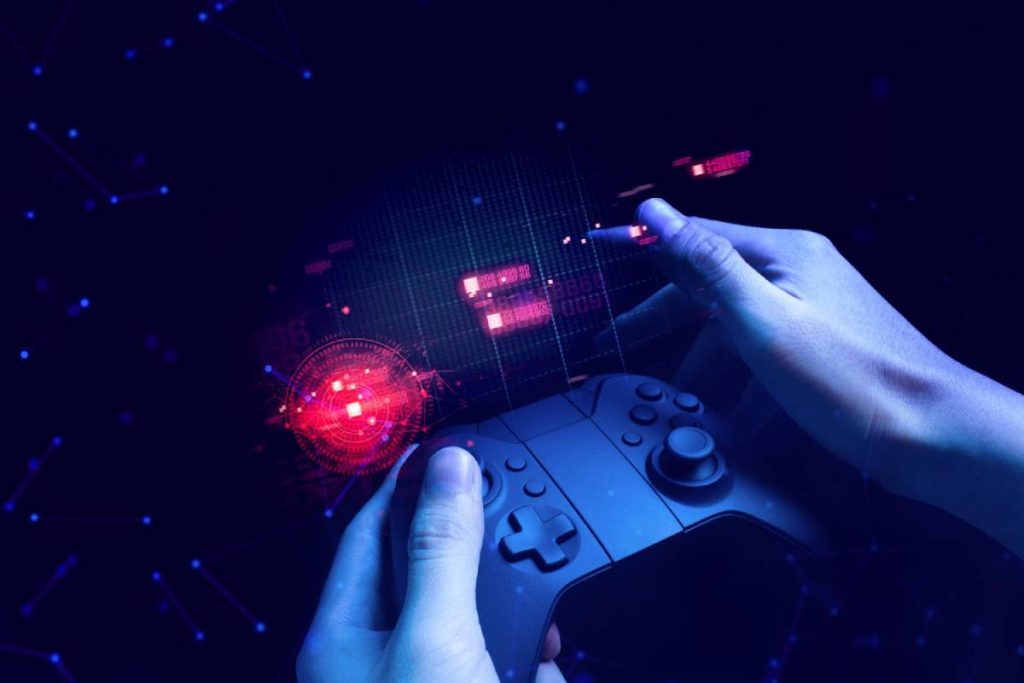The Rising Popularity of Indie Games
Over the past decade, the world of indie games has transformed into a powerhouse of creativity and innovation. As major developers continue to produce big-budget titles with familiar formulas, players are increasingly turning to indie games for fresh mechanics, emotional narratives, and visually unique experiences. What was once a niche market has now grown into a dominant force, captivating millions of gamers worldwide. Indie developers, often small teams or even individuals, are pushing the boundaries of storytelling and gameplay. These games may lack the visual polish of AAA titles, but they more than make up for it with soul, passion, and originality. Many of today’s critically acclaimed hits are rooted in the indie scene, showing how vital these voices have become in the gaming landscape. From artistic side-scrollers to psychologically intense adventures, indie games reflect the boldest ideas in the industry, making them essential for any gamer’s library.
Why You Should Care About These Games
The value of indie games lies in their ability to break conventions. Without the constraints of large publishers, indie developers can explore riskier themes, embrace unconventional mechanics, and experiment with unique aesthetics. The result is a constant stream of innovation that reshapes the way we think about gaming. Titles like *Hollow Knight* and *Celeste* are perfect examples of how indie games can deliver deeply emotional and rewarding gameplay experiences. These games often tap into powerful storytelling that resonates more authentically with players than some of the mass-produced narratives found in mainstream games. Beyond emotional depth, indie titles also excel in gameplay mechanics, frequently pioneering systems later adopted by bigger studios. If you’re someone who craves originality and creativity, overlooking indie titles means missing out on some of the most impactful gaming moments of the year.
The Impact of Indie Games on the Industry
The influence of indie games on the broader gaming industry cannot be overstated. Many trends that are now standard started in the indie scene, such as roguelike elements, minimalist storytelling, and pixel art resurgence. These contributions have forced larger studios to adapt, often integrating ideas pioneered by indie creators. The competitive landscape has shifted dramatically as players recognize the artistic and mechanical quality that indie games consistently deliver. Major platforms like Steam, Xbox, and PlayStation have also increased their support for indie developers, providing funding and visibility that was previously inaccessible. This changing dynamic has led to a richer, more diverse gaming ecosystem where creativity thrives and risks are rewarded. As a result, indie developers are no longer seen as underdogs but as legitimate powerhouses capable of competing on a global scale.
What Makes an Indie Game Truly Great
While every player’s taste is different, certain elements define what makes a truly memorable indie game. Authentic storytelling, immersive sound design, and innovative gameplay are just a few of the hallmarks. Unlike many blockbuster games that rely on high-end graphics and cinematic cutscenes, indie games often focus on creating a meaningful player experience through atmosphere and emotional depth. A great indie title doesn’t just entertain—it leaves a lasting impression. Games like *Undertale* and *Inside* demonstrate how impactful minimalism can be when paired with clever writing and smart design choices. These experiences feel personal, as if you’re part of something handcrafted and intimate. That’s the magic of indie development—it connects on a level that goes beyond mechanics or visuals. It’s about the message, the journey, and the memories that linger long after you’ve finished playing.
The Role of Passion in Indie Development
Behind every successful indie game is a passionate creator or team driven by a vision. This passion is evident in every pixel, every note of music, and every gameplay decision. Unlike large studios where development is often dictated by market trends, indie games are labors of love born from genuine inspiration. This emotional investment results in games that feel authentic and resonant. Developers frequently engage directly with their player communities, taking feedback seriously and iterating on their work with care. It’s a collaborative process that builds loyalty and fosters a deeper connection between creator and player. That sense of community is rare in mainstream gaming, and it’s one of the reasons indie titles stand out. They’re not just products—they’re personal stories, interactive art pieces, and heartfelt expressions from developers who truly love what they do.
Where to Discover the Best Indie Games
Finding quality indie games has never been easier thanks to dedicated platforms and passionate communities. Steam remains a major hub, featuring curated indie sections and user reviews that help players find hidden gems. Additionally, platforms like itch.io and Humble Bundle offer exclusive access to experimental and artistic indie games not found elsewhere. YouTube and Twitch have also become critical spaces where creators showcase gameplay and recommend lesser-known titles. Social media platforms, gaming subreddits, and indie-focused forums offer daily discoveries and vibrant discussion. The key is to stay curious and open-minded. Some of the best gaming experiences may not be featured on front pages or top charts—but they’re out there, waiting to be explored by players willing to look beyond the mainstream. That sense of discovery is what makes engaging with indie titles such a rewarding journey.
Looking Ahead: Indie Games in the Future
As technology evolves, so too will the scope and ambition of indie games. Advancements in development tools like Unity and Unreal Engine have already leveled the playing field, allowing small teams to create visually stunning and mechanically complex titles. In the coming years, we can expect even more groundbreaking experiences from the indie games community as AI, VR, and cloud technology become more accessible. These innovations will enable developers to expand narrative possibilities, enhance player immersion, and build more inclusive experiences for a global audience. What’s most exciting is that the heart of indie development—creativity, risk-taking, and authenticity—will remain at the core of this evolution. Indie gaming isn’t a trend. It’s a permanent and vital part of the industry’s future, offering endless potential for artistic expression and unforgettable gameplay.
Conclusion
This year’s lineup of indie games is more than just a list—it’s a celebration of what makes gaming truly special. These titles offer fresh perspectives, unique mechanics, and heartfelt storytelling that larger studios often overlook. If you’re a gamer seeking more than just flashy graphics or formulaic gameplay, the world of indie games welcomes you with open arms. Now more than ever, it’s time to dive in and discover the experiences you’ve been missing.



